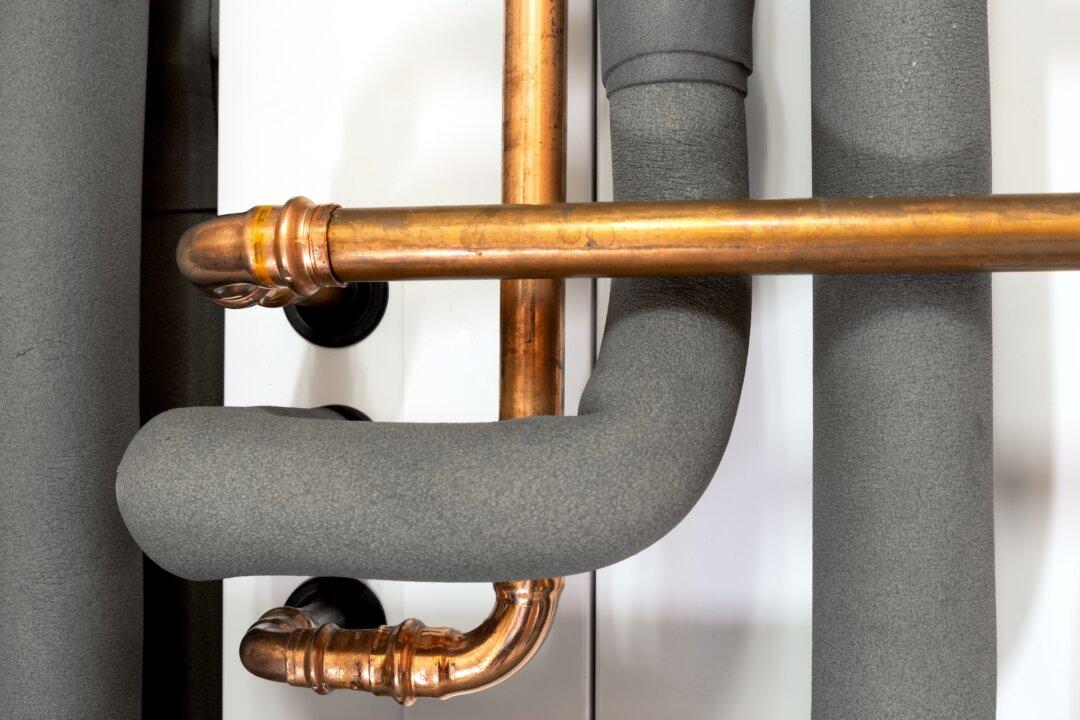Freezing temperatures are the biggest threat to outdoor plumbing, and indoor pipes can also freeze if there is a power outage or problem with the home heating system.
Replacing these pipes will likely be extensive and expensive, and burst pipes can also disrupt the water supply and even cause flooding as they thaw, which in turn can lead to additional costly damage to walls, floors, rugs, furniture, and other personal possessions. Water can also freeze inside appliances, adding to the trauma.





